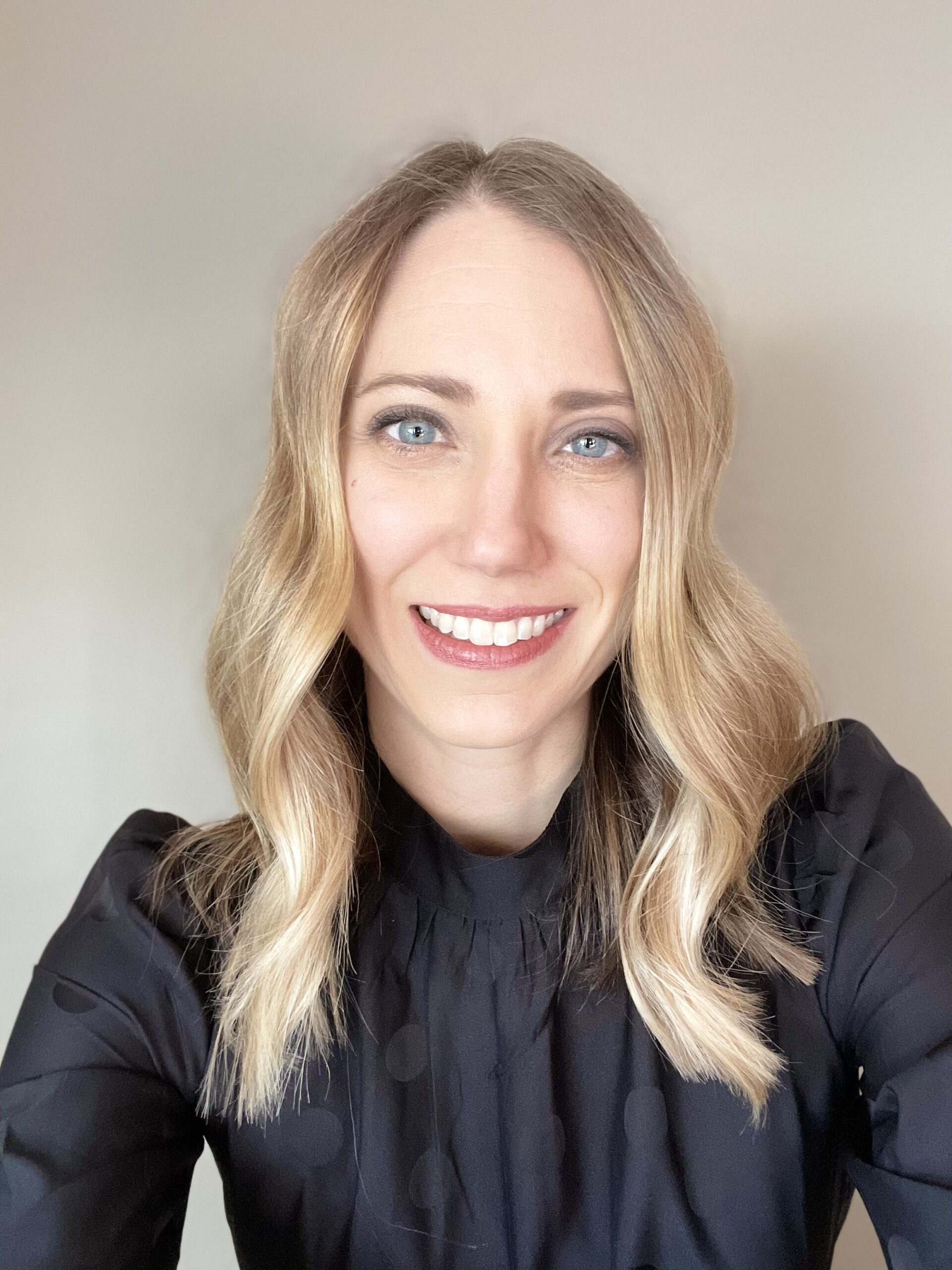We’ve all been there. We just put the finishing touches on our creative piece. After hours of work (and perhaps a few tears), we submit it to a professional for review. Often, we receive feedback that requires considerable revision and makes us question whether we should be engaging in this work at all.
I write historical romance novels, so this feedback usually comes in the form of substantial content edits from an editor. Unfortunately, I haven’t had the best mindset when it comes to editing my work. In fact, the word I often associate with editing is “loathing.”
My first novel will be published by a small publisher this September. The first thing I wanted to do when I received the content edits? Cry. I had already hired a developmental editor and made significant changes based on her feedback and input from other readers. I even rewrote the entire ending! And still more edits?
I know, I know. I should be open to feedback that helps me grow and improve as a writer. But still, I couldn’t get my brain on board with that idea until I applied a few simple principles to my thought process. You might already be familiar with them because they align with the counsel we receive in the gospel. Here are a few simple ways I’ve found to shift my mindset and develop a healthier attitude toward feedback.
Recognize the True Potential in My Work
At least fifty—that’s the number of “no’s” I received from agents and editors when querying my manuscript for almost a year. I didn’t handle the rejection well. Remember those tears mentioned above? Yes, there were lots during this phase.
I had the idea for my novel for more than a decade, but I put off writing it until three summers ago. My degrees and licenses in business and law don’t exactly translate to writing love stories, but I couldn’t ignore the prompting to embark on this creative journey. My work is not what I’d consider gospel centered. I write clean historical romances that don’t typically include characters with a faith arc. I like to call them “kissing books.”
So, why did every attempt to put that work out into the world lead to a dead end? Even now, despite a contract with a small publisher (the only one who said “yes” instead of “no”), these doubts still manifest themselves. Why isn’t anyone buying or rating my self-published novella? Why do I have fewer than 200 followers on my social media accounts after eighteen months of effort? Why did 2% of my newsletter subscribers unsubscribe after my latest message? The list goes on.
When “numbers” and “quantities” start niggling at my mind, it helps to view my work’s potential the way Heavenly Father views us—with an eternal perspective.
Focusing on the quality of connections I make in this industry realigns my perspective. Reaching one person with my writing is far more important than earning ninety-nine likes on my latest Instagram post.
Removing the “worldly lens” when valuing my work helps me recommit to this creative calling, especially when critiques (and the doubts that accompany them) follow.
Speak with My Heavenly Father
After I received the content edits for my first book, I tried to sit and write part of my current book. No words flowed. It was my worst attempt at writing. I doubted each word, erased more than I wrote, and ended up frustrated, discouraged, and dejected—never a good combination, especially when trying to create.
This pity party lasted far longer than I care to admit. But I had a deadline to meet, so after hoisting myself up by my bootstraps, I decided to act on a thought that had come during the wallowing—pray.
Perhaps it’s even more embarrassing to admit that I hadn’t really prayed much in my writing career. Again, these are just kissing books. Why would I need inspiration about romantic interactions like brushing hands and flushing cheeks?
I gave prayer a go, however, because the idea wouldn’t leave me alone. Did I mention I was stubborn, too? I prayed each time I sat down to edit. I prayed to be open to the editor’s comments and recommendations. I prayed for guidance and inspiration as I selected the right words and phrases while rewriting. I prayed that I would complete tasks by the deadlines. And I prayed for help with my other responsibilities, including being a wife and mom of two, holding down a part-time job, and managing other volunteer roles, such as serving as one of the new vice presidents of LDSPMA.
I’m not suddenly spitting out a masterpiece akin to Jane Austen’s work or tripling my word count, but I can set aside the emotions telling me my work isn’t good enough. I’ve also overcome the feeling of overwhelm that plagued me during the rewriting process. I meet my deadlines, too (I even met one five days early!).
Most importantly, prayer changed my perspective. I now see revision as a way to ensure that my work is the best it can be. I feel the loving support of Heavenly Father, even if the process isn’t easy.
Strive to Do Better Each Day
Through what other process do we try to improve little by little and day by day? Repentance. We are often counseled that repentance should be a joyful process. While I still pray to find true joy in editing, I can safely say I’ve made it to the “not loathing” stage. I see the true potential in my work by speaking with Heavenly Father through prayer.
And the best part? I can strive to elevate the gift Heavenly Father has given me every day, even after receiving feedback that requires yet another rewrite. I hope that you, too, continue to strive for true joy in your creative journey.

Casey Cline







